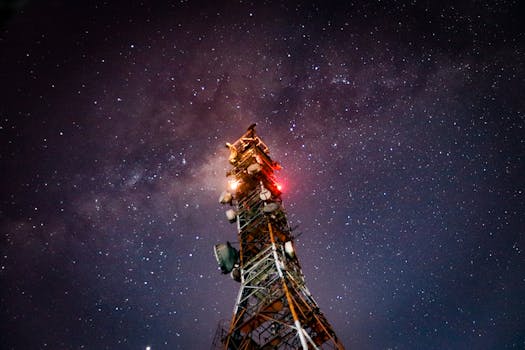
Revolutionizing Global Connectivity: Starlink
Starlink, the focus keyword, is a satellite constellation developed by SpaceX, aiming to provide high-speed, low-latency internet connectivity worldwide, bridging the digital divide and transforming the way we communicate. With its innovative technology and ambitious goals, Starlink is poised to revolutionize the way we access the internet, making it faster, more reliable, and more accessible to people around the globe.
Introduction to Starlink
Starlink is a constellation of low-Earth orbit (LEO) satellites, designed to provide broadband internet connectivity to remote and underserved communities, as well as to areas where traditional fiber-optic connectivity is not available. The constellation consists of thousands of small satellites, each weighing around 227 kilograms, which are launched into orbit using SpaceX’s Falcon 9 rocket. The satellites are equipped with advanced technology, including Hall effect thrusters, Starlink-specific antennas, and a sophisticated navigation system.
How Starlink Works
Starlink works by using a network of satellites in low-Earth orbit to provide internet connectivity to users on the ground. The satellites communicate with each other and with ground stations, which are connected to the global internet backbone. When a user sends data through the Starlink network, the signal is transmitted to the nearest satellite, which then forwards the signal to the next satellite, and so on, until it reaches the ground station. From there, the signal is transmitted to the final destination, such as a website or a server. The satellites use a combination of Ku-band and Ka-band frequencies to communicate with each other and with the ground stations.
Benefits and Applications of Starlink
Starlink offers a range of benefits and applications, including providing internet connectivity to remote and underserved communities, enabling remote work and education, and supporting emergency response and disaster relief efforts. Starlink can also be used to provide internet connectivity to moving vehicles, such as cars, trucks, and airplanes, as well as to provide connectivity to IoT devices and sensors. Additionally, Starlink can be used to support scientific research and exploration, such as providing internet connectivity to remote research stations and enabling the transmission of large amounts of data from space.




